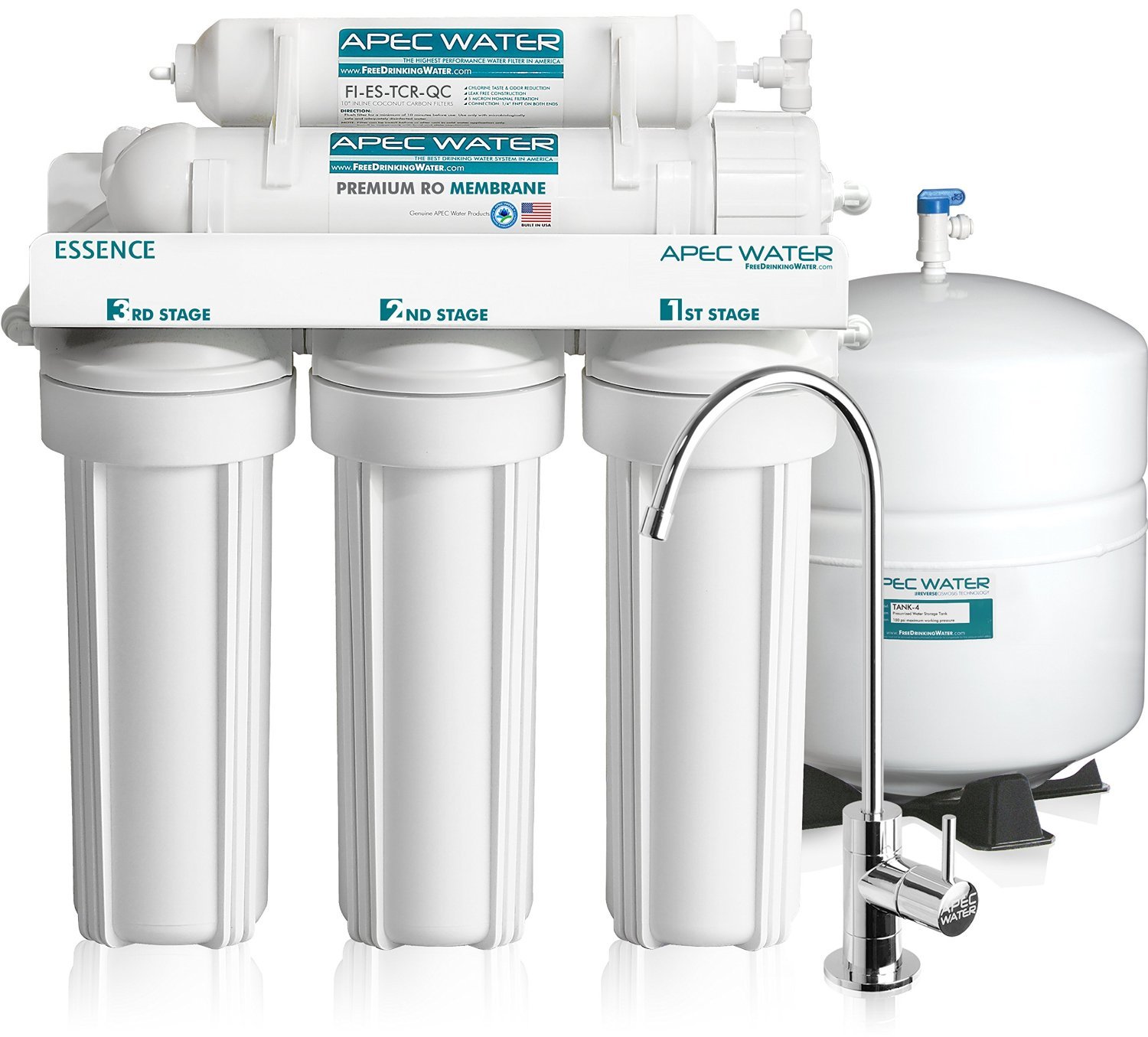Understanding the Reverse Mortgage Appraisal Process
The process of getting a reverse mortgage can be complex, and one crucial step in this process is the home appraisal. Before a lender can determine how much of a loan to offer you, your home must be professionally appraised.
A reverse mortgage allows homeowners aged 62 and older to tap into their home equity and receive payments. This type of loan can provide a steady income stream during retirement. However, like other mortgage loans, the home must undergo an appraisal to determine its value.
The appraisal process for reverse mortgages is similar to a typical home appraisal. The appraiser will evaluate the home’s exterior, interior, and the surrounding neighborhood. They will also look for comparable homes in the area that have recently sold to help determine the home’s market value. Any necessary repairs or work needed to meet HUD’s minimum property standards will also be noted.
It’s important to note that while the appraiser works for the lender, the borrower is responsible for paying their fee, which is typically several hundred dollars. If the homeowner disagrees with the appraisal value, they have the option to challenge it by filing a request for reconsideration of value with the appraiser.
In addition to the appraisal fee, borrowers can expect to pay an origination fee to the lender and various closing costs. These fees can add up to a considerable sum, so it’s essential to compare fees from different lenders.
Overall, the appraisal process is a crucial step in obtaining a reverse mortgage and determining the loan amount. It provides both lenders and borrowers with an accurate assessment of the home’s value, ensuring a fair and transparent transaction.

:max_bytes(150000):strip_icc()/appraiser-c1c881cd00af4d6c8af80c98613b4f74.jpg?w=150&resize=150,150&ssl=1)

